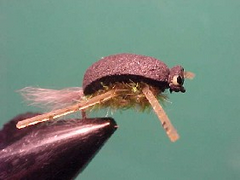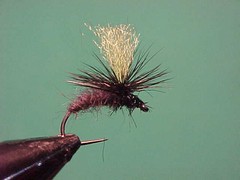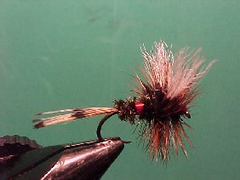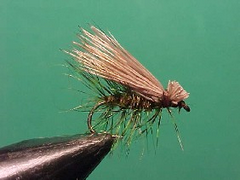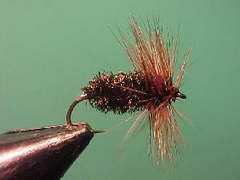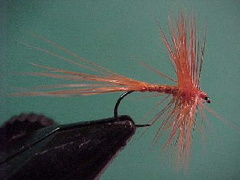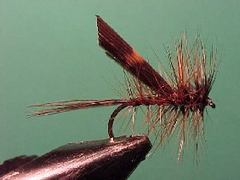Foam beetle
Both floating and wet beetles (including drowned terrestrials beetles and aquatic beetles) should be fished in the current with as little line drag as possible or with a very short twitching action. A nondescript well tied beetle pattern if presented in the right way when fish have beetles on their menu, more often than not, will be accepted by fish. Consequently no fly box would be complete without a selection of beetle patterns.

